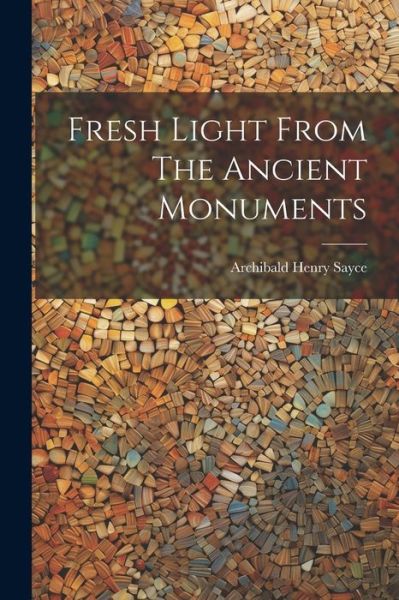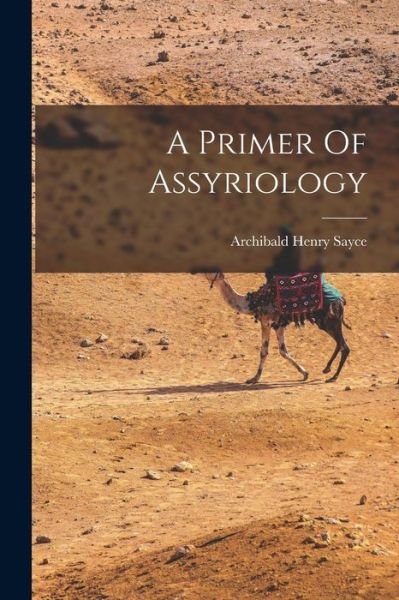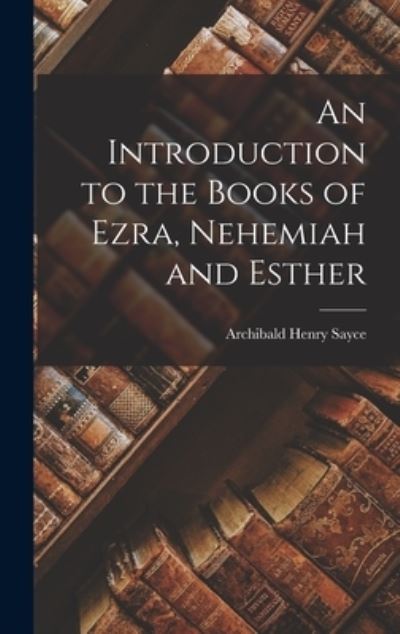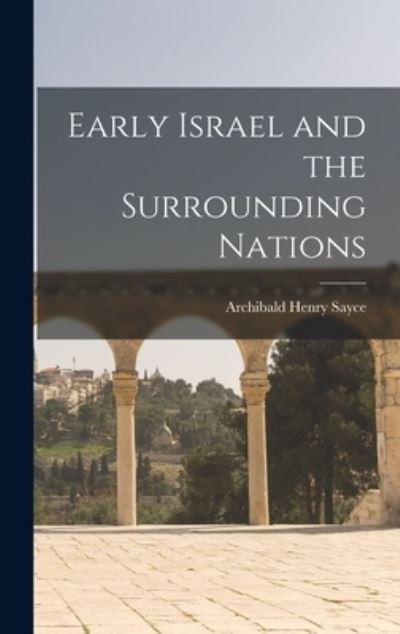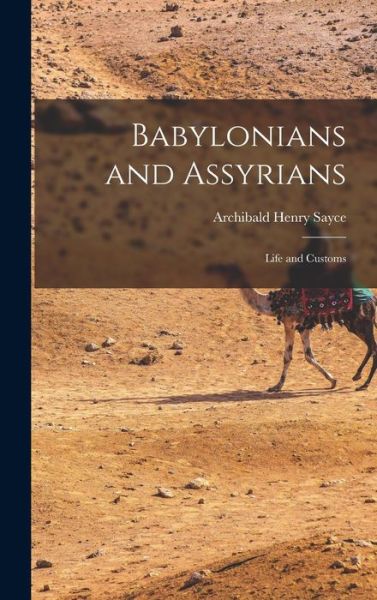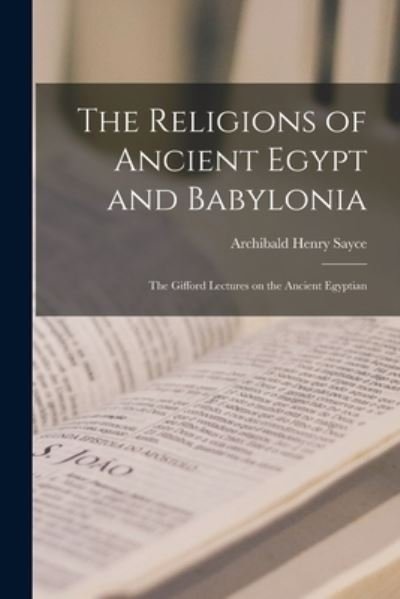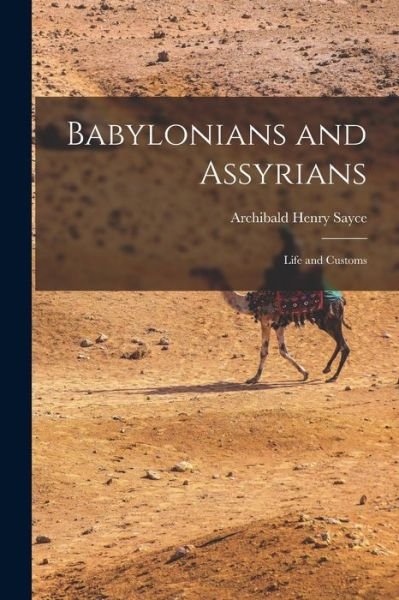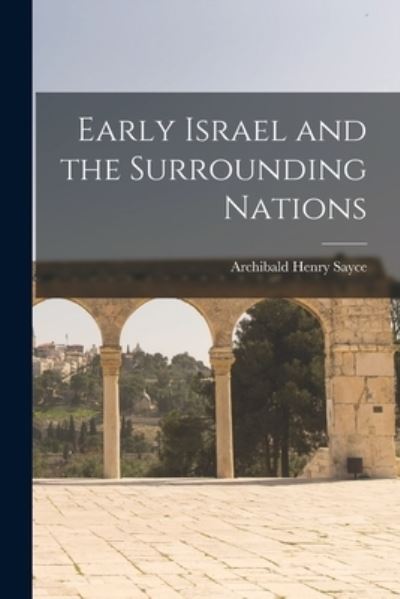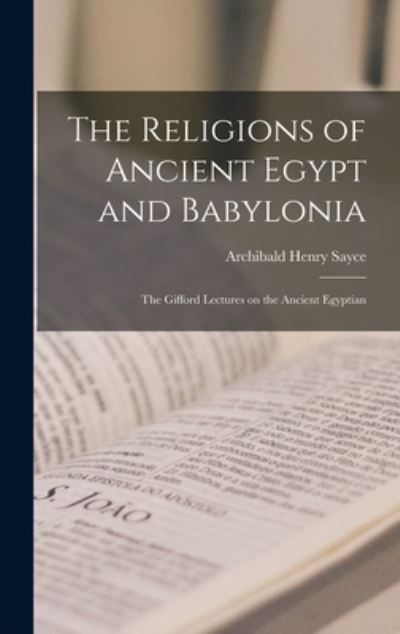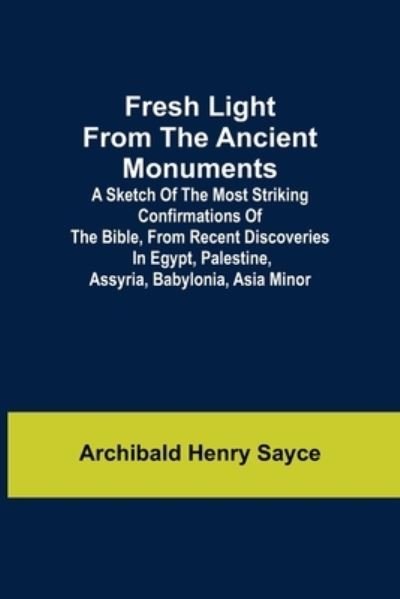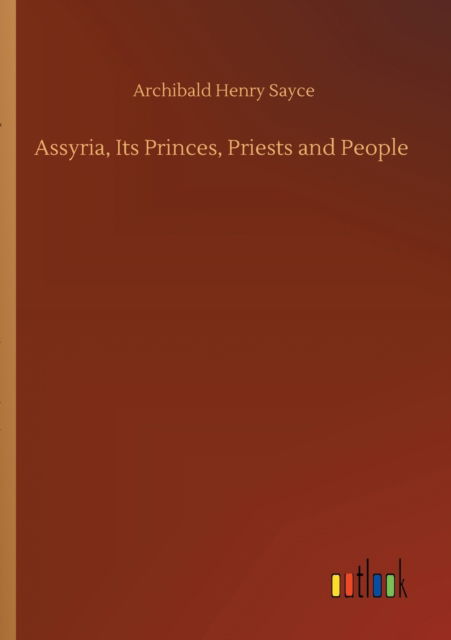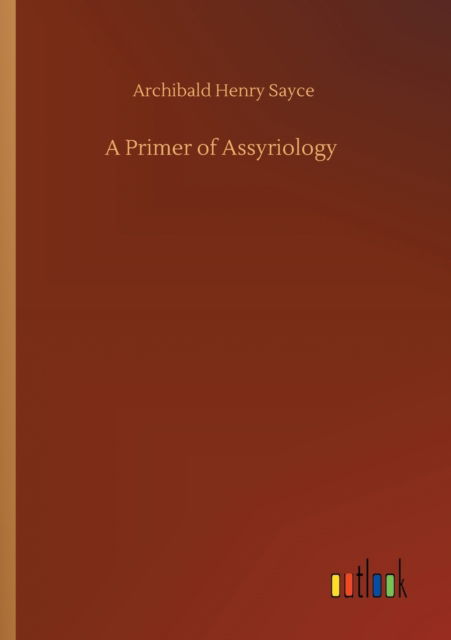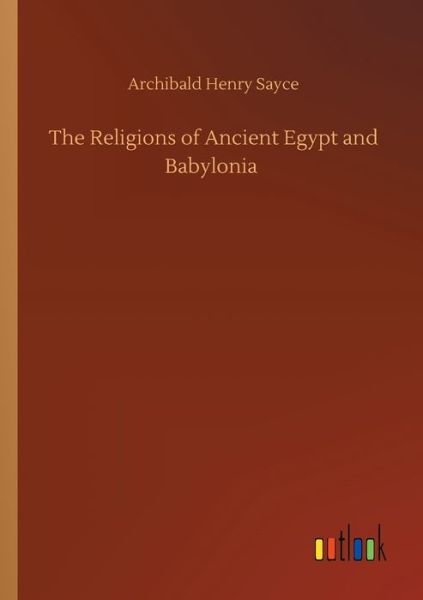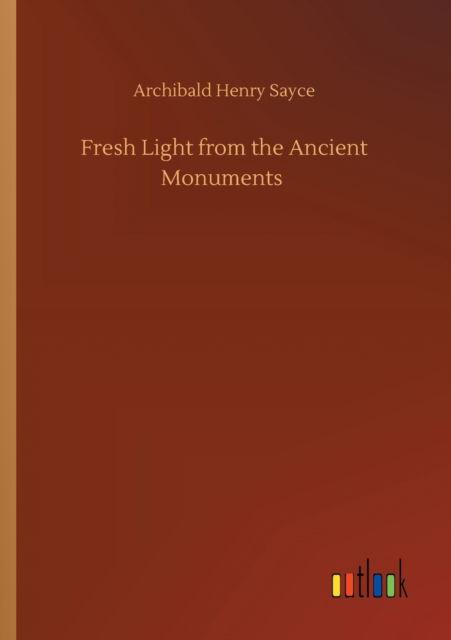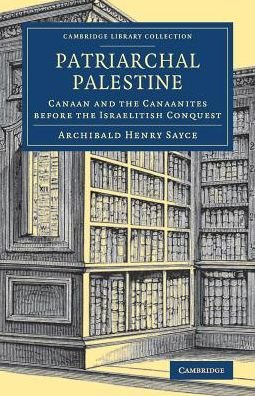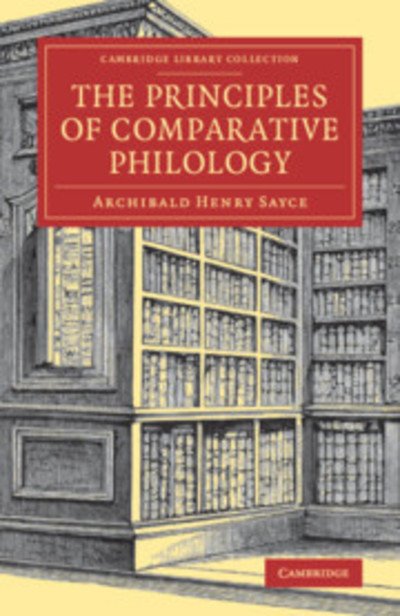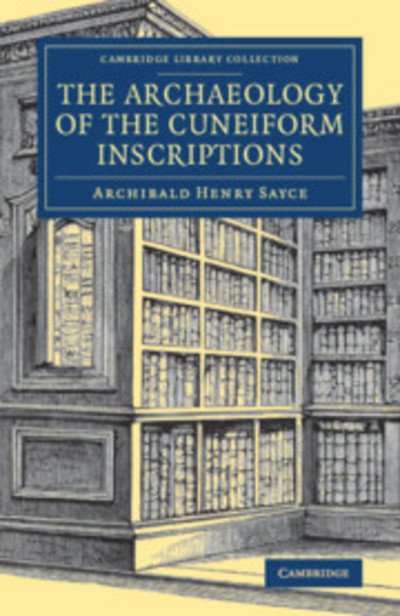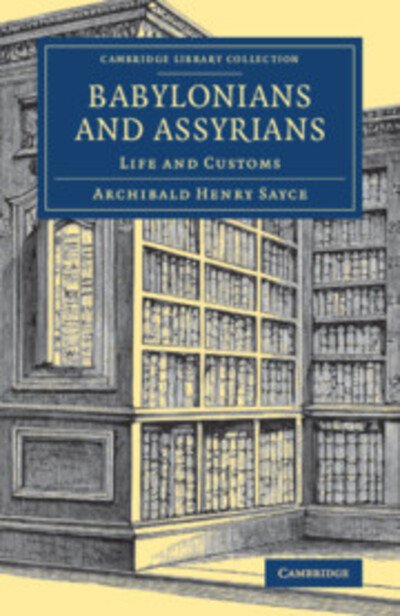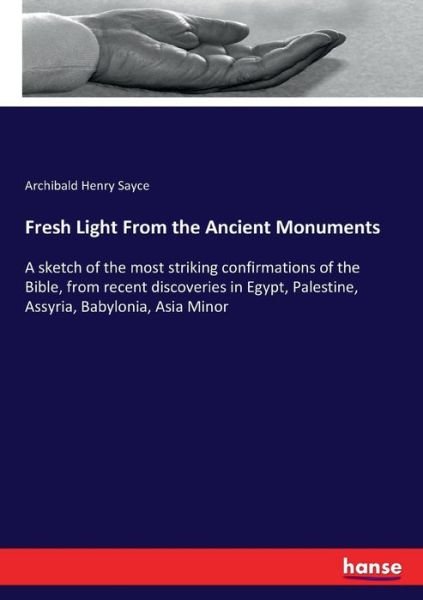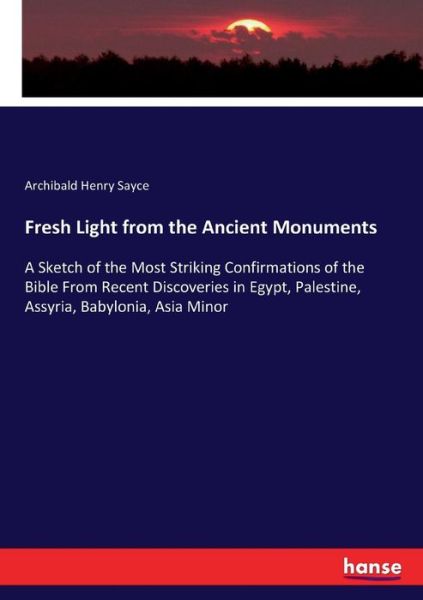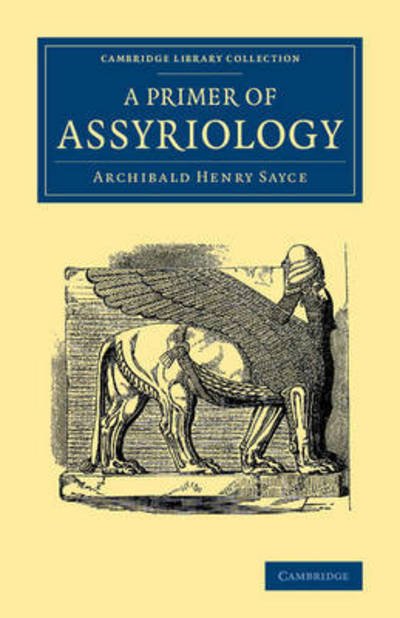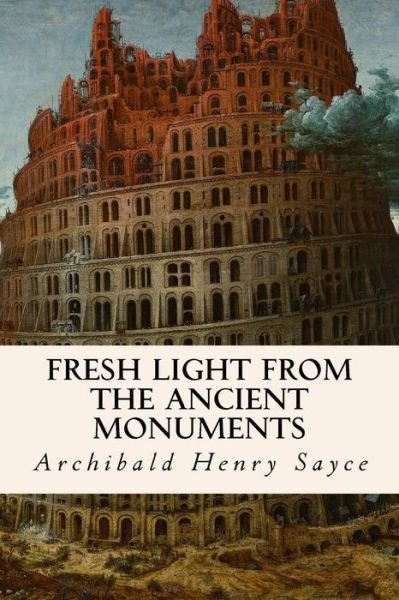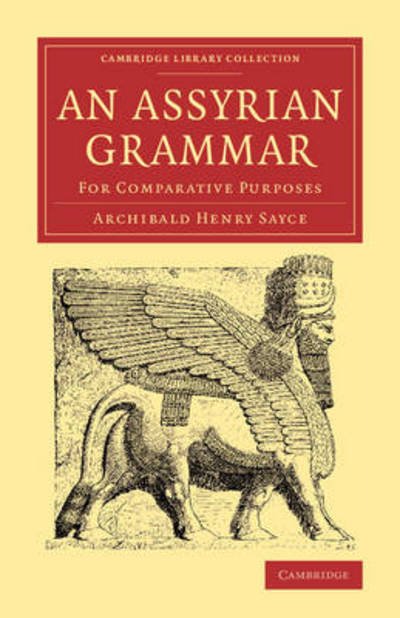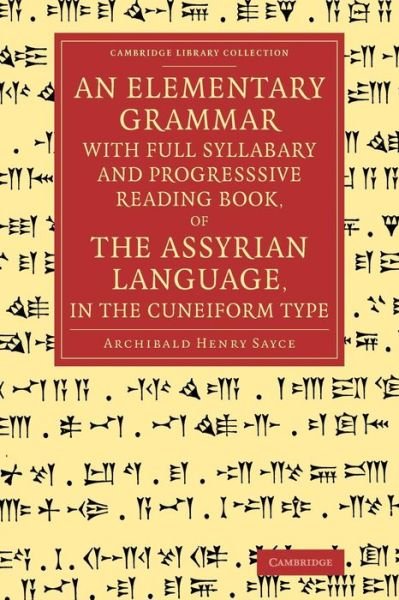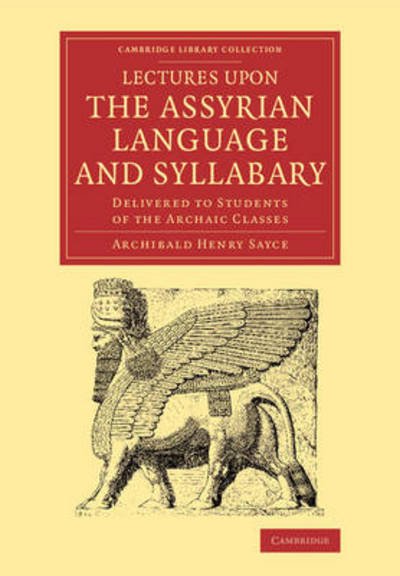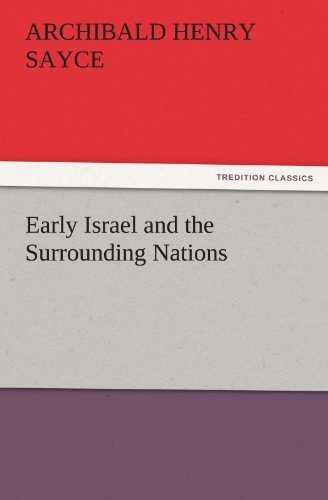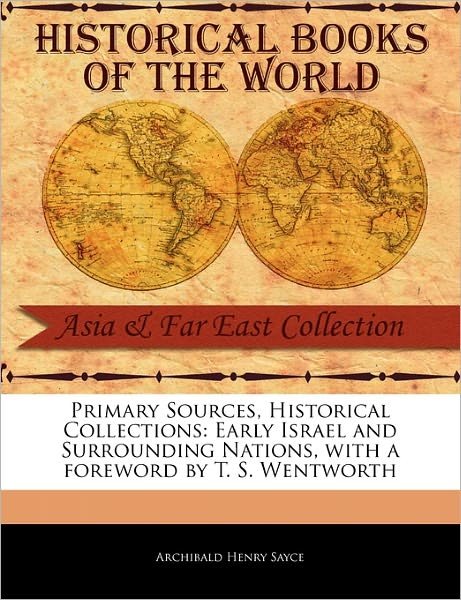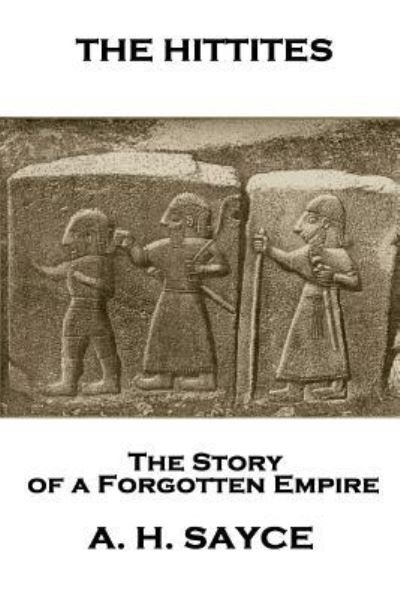
Tell your friends about this item:
Archibald Henry Sayce - The Hittites
Archibald Henry Sayce
Archibald Henry Sayce - The Hittites
Archibald Henry Sayce
Archibald Henry Sayce was born in Shirehampton, Bristol, to a family of Shropshire descent.
Sayce was a fragile child who suffered from tuberculosis. Although this meant he started his education late he soon caught up, aided by a private tutor. By age ten he was reading Homer in the original Greek.
He attended The Queen's College, Oxford, and became a fellow in 1869.
In 1874 Sayce published a long paper, 'The Astronomy and Astrology of the Babylonians'. It was one of the first publications to recognise and translate astronomical cuneiform texts. By 1876, he had deciphered one of the hieroglyphics inscribed on stones at Hamath in Syria, by deducing that the profile of a man stood for "I". By his very methodical methods and work he was able in 1882, in a lecture to the Society of Biblical Archaeology in London, to state that the Hittites, far from being a small Canaanite tribe who dealt with the kings of the northern Kingdom of Israel, were the people of a "lost Hittite empire." He and William Wright identified the ruins at Boghazkoy with Hattusa, the capital of a Hittite Empire that stretched from the Aegean Sea to the banks of the Euphrates, centuries before the age of the Old Testament patriarchs.
It was a major advance in our understanding of this period of antiquity.
| Media | Books Paperback Book (Book with soft cover and glued back) |
| Released | October 24, 2018 |
| ISBN13 | 9781787801813 |
| Publishers | Scribe Publishing |
| Pages | 60 |
| Dimensions | 152 × 229 × 3 mm · 95 g |
| Language | English |
More by Archibald Henry Sayce
See all of Archibald Henry Sayce ( e.g. Paperback Book , Hardcover Book and Book )



